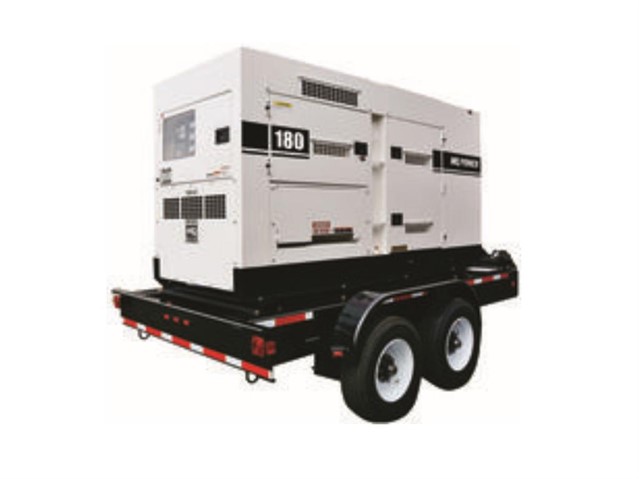Emergency Response Planning for Nonprofits
While nonprofits designed to provide relief during emergency situations will have preparedness at the forefront of their planning, many other nonprofits may not have considered what they should do in the event of emergencies like fires, blackouts, tornadoes and workplace violence.
There are three types of emergency response plans that nonprofits should consider, each of which will be discussed in this article.
1. Emergency Safety Plan
Safety is the number one priority. An emergency safety plan covers aspects such as evacuation, head counts and staff training to ensure that everyone is able to get to safety.
A stringent emergency safety plan is vital to nonprofits because of the flow of people coming in and out of their organization. Unlike a normal business, a nonprofit may have volunteers who move relatively freely, donating their time when they can. This can pose a potential danger in emergency response situations which is why sign-in, sign-out procedures should be closely followed to aid effective head counts.
New volunteers should also be given safety briefings or documentation as part of their welcome pack so every member of personnel is able to evacuate safely.
2. Business Continuity Plan
Nonprofits need a business continuity plan because revenue is low and covers only essential costs. Often supporting the most vulnerable in society, nonprofits need to be able to get back up and running after an emergency as soon as possible.
Even if your nonprofit cannot swiftly become operational post-emergency, there may still be a level of support you can give to the community.
For example, installing a backup generator not only increases the chances of getting back to work more quickly, but could also provide a location for community members without power to charge their phones, allowing them to contact and reassure their loved ones.
There are many generators available in the market that nonprofits are able to afford. Allied Rental Company has a wide variety of diesel-fueled generators that can be rented by the day, week or month to power large or small operations.
The space that many nonprofits have is something which could be quickly utilized to aid victims of an emergency. A large room can easily be converted to a place of shelter for staff, volunteers and community members who may not have a home.
3. Volunteer Mobilization Plan
Many nonprofits have valuable resources to offer the community after an emergency. Much needed additional manpower from volunteers makes a real difference. Knowing how and where volunteers would be mobilized can make a huge impact on the community.
Secondly, many nonprofits have physical resources such as donations which may be rerouted to help in the aftermath of an emergency. For example, a charity working with the homeless ideally has large quantities of sleeping mats, sleeping bags, warm clothes and food that could be distributed to the most affected within the local community.
As a nonprofit, your business is likely driven by a need to make a difference in the world and help as much as possible. Having thorough emergency response, business continuity and volunteer mobilization plans will make sure you can continue to do that when it is needed most.

